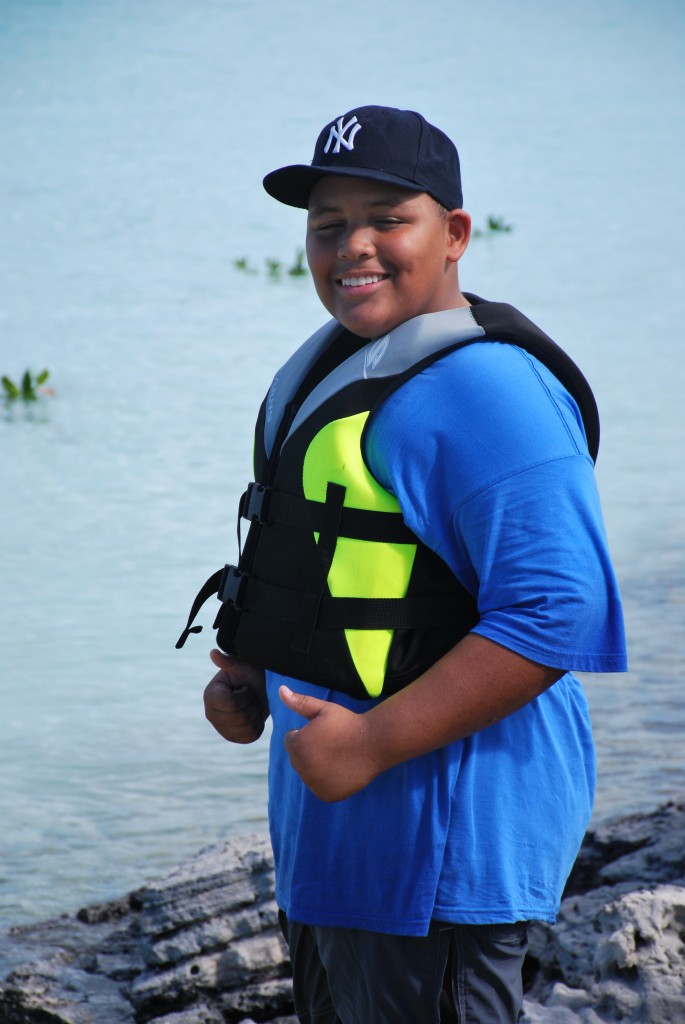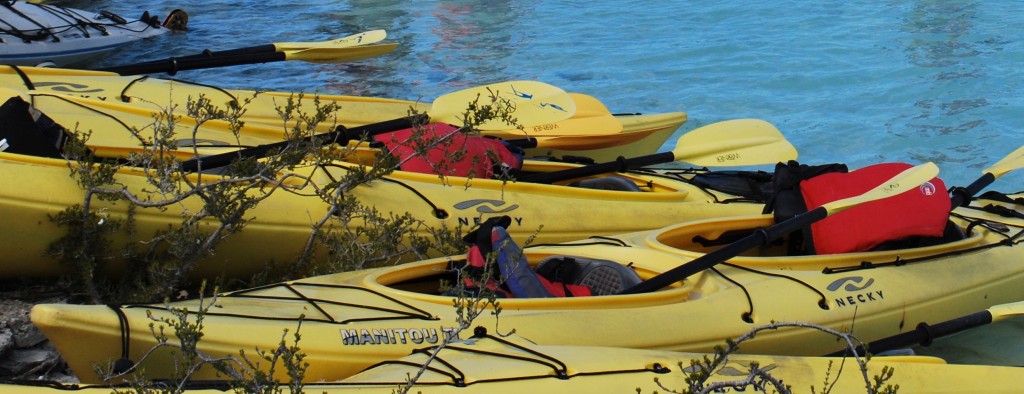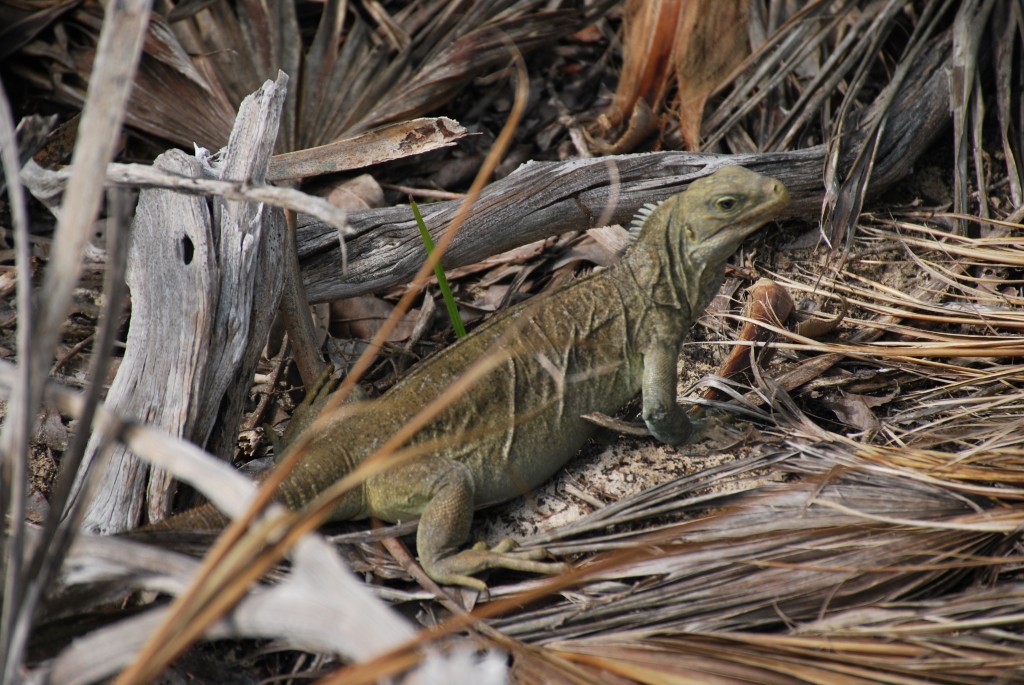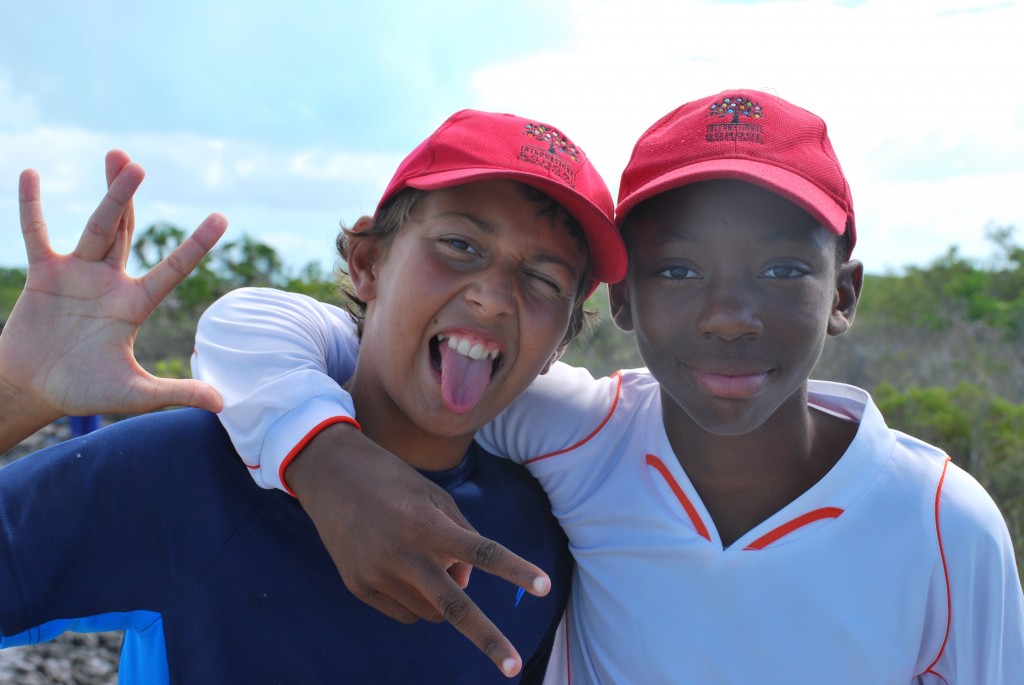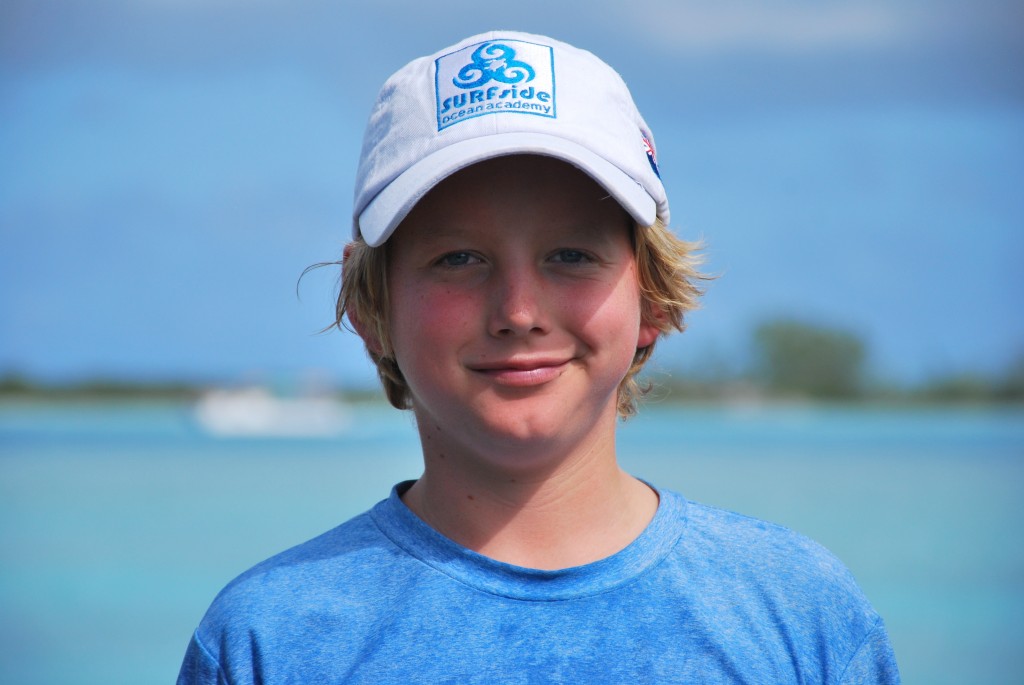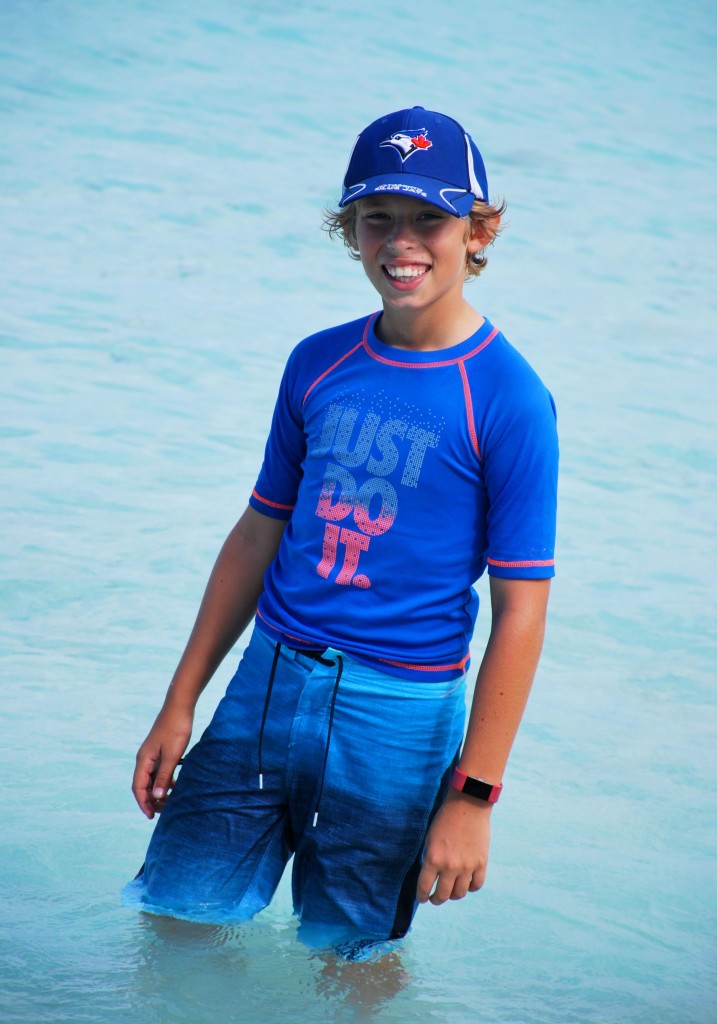Blog
Investigating the mangroves of Turks and Caicos!
- March 14, 2018
- Category: Extra Curricular Activities (Clubs), Grade 7, School News, Science,
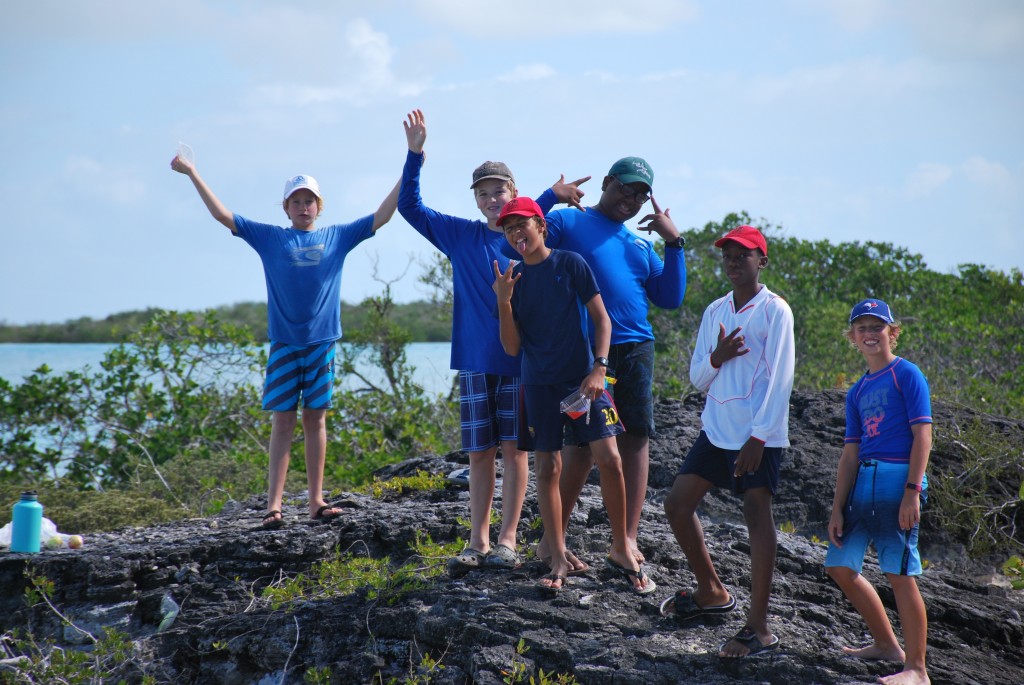
Year 7 recently kayaked the short distance from the harbour near our school over to Mangrove Cay to take a closer look at the mangroves of Turks and Caicos!
The main aim of this exciting adventure was to investigate how TCIs three different types of mangroves handle the salt in sea water.
Of the seven types of mangroves, three are most dominant, the red, black and white types.
How do they cope with the salty water?
These amazing trees and shrubs cope with salt very well! Saltwater can kill plants, so mangroves must extract freshwater from the seawater that surrounds them. Many mangrove species survive by filtering out as much as 90 percent of the salt found in seawater as it enters their roots.
The class learnt that mangroves of Turks and Caicos are unique because they are able to thrive in areas where the water is poor in oxygen content, in salt water, in fresh water and in brackish water (a mixture of salt and fresh water).
Why are mangroves important?
The beautiful mangroves that flourish along tropical coasts are a magnificent combination of natural form and function. These important tidal ecosystems are a vital link between land and sea that provide incredible benefits to sealife and humans.
Mangroves stabilize our shorelines by consolidating sediments and forming peat, and protect those shorelines from storm surge, wakes and waves. They provide special ecosystems for main varieties of sea creatures and birds.
Finally, coastal habitats like mangrove forests store 50 times more carbon in their soils per hectare than tropical forests and aid in reducing the greenhouse effect.
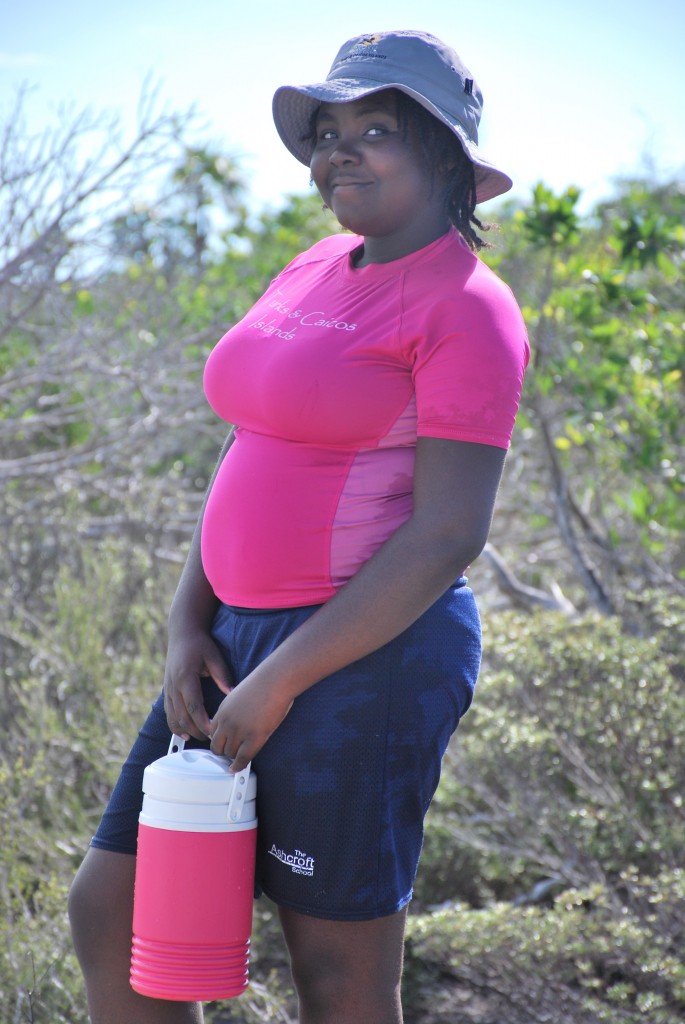
This week coming, we have the chance to help with a turtle tagging, and a guest visit to discuss turtle conservation at the International School.
Keep tuned!
